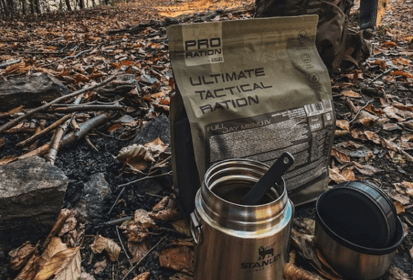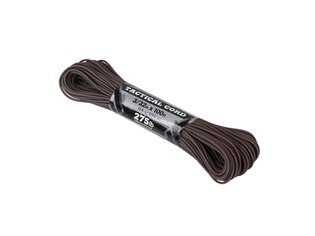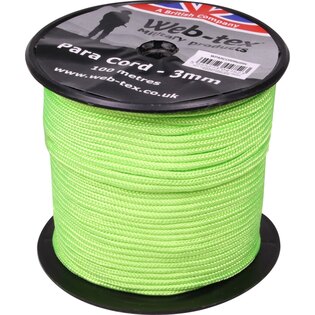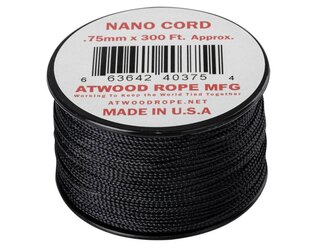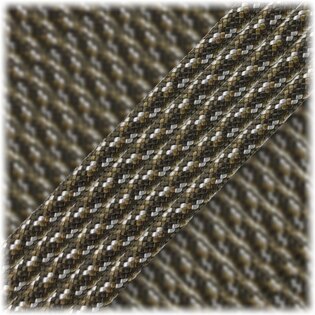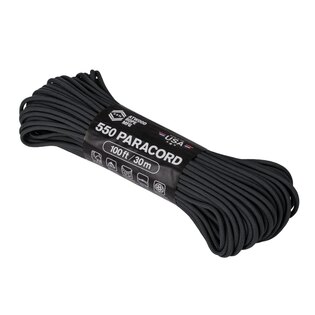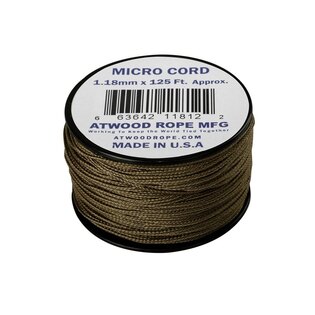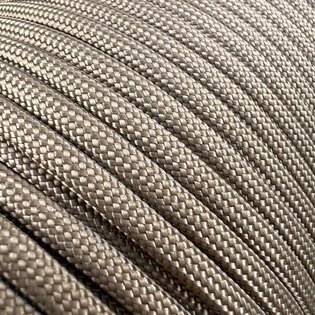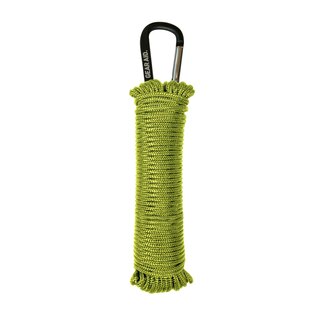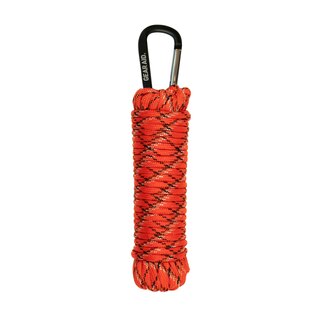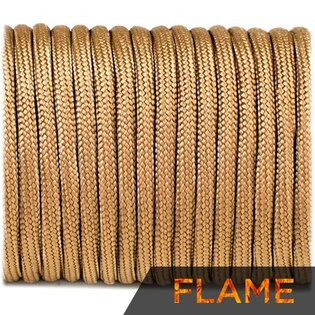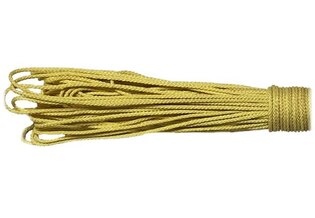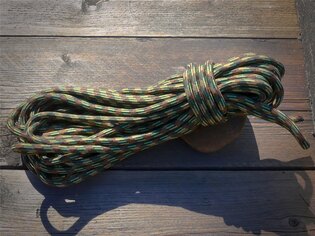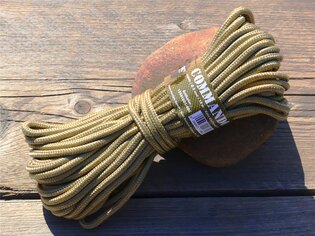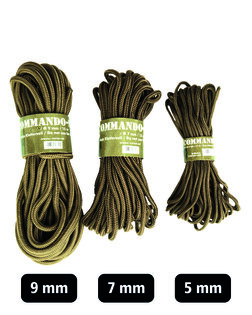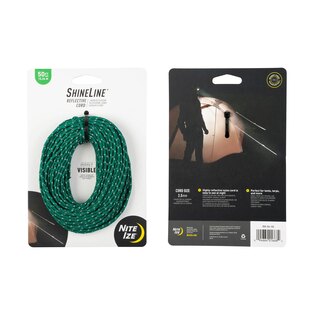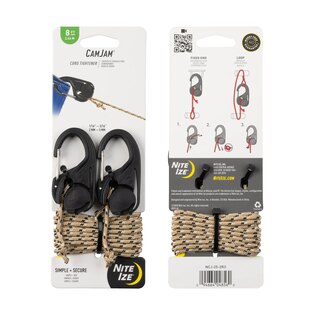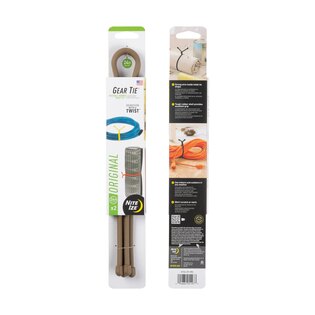Basic knots for survival, outdoor, bushcraft, sport and free time activities.
The knowledge of knots had been changing over the centuries just as the civilization itself. In the past, people would have slightly different needs and materials than today's people. We'd probably agree that a modern high mountain climber uses different knots than a Neanderthal man who needed to attach the axe head to a primitive wooden handle.
One of the best materials (at least in terms of tensile strength) that you can use today to tie ropes and cables is Paracord. We're saying again Paracord practically consist of several thinner ropes (depending on type). However, Paracord can also be used both as a “big rope” – for building a tarp shelter for example – or a “small rope” which comes n handy when you need to fix some small parts of your equipment – for example in combination with a bradawl which is a part of most Swiss knives, to sew up a backpack, sleeping bag or a tarp…
So which are the most common knots we can encounter these days?
1.Square (reef) knot
This knot is very useful when you need to tie together two ropes of appoximatelly same thickness. This is nothing for climber who demand safety and 100 % fixation. This knot tends to slide, especially in case of modern synthetic ropes, fishing lines, etc. It is also unsuitable for ropes of different thickness. Therefore, stay only with utility knots – bandage bindings, bundles, packing in general… However, this is a decent knot for ropes made of steel.
And keep this in mind: if the knot is too tight, the rope can get damaged. Its popularity with the doctors comes mainly from the fact that it doesn't pinch. If you don't wedge an insert in it, you can find difficult to untie this knot after the season out in the wilderness (e.g. when removing a hammock).
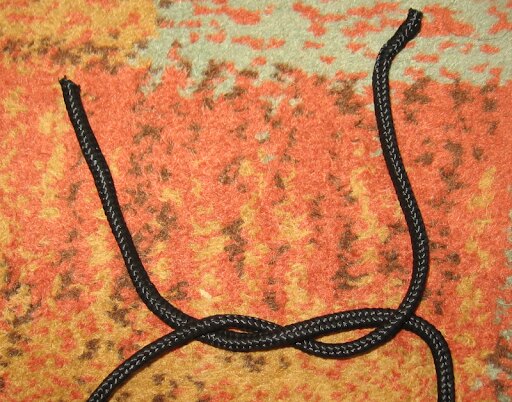
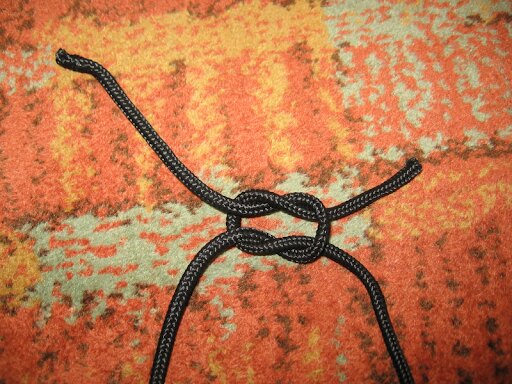
2. Bowline
One of the basic knots which exists in countless variations. Very popular in the rescue or climbing industry. This knot is considered outdated these days- It was found in the seventies that it loosens under the circumferential loading, especially when the rope is stiff or slippery. It has to be tightened really well, not to mention that it reduces the strength of the rope - by constant tensioning and loosening which causes shaking out - to 45-52 % of the original endurance.
The binding consists of creating a loop, threading the other end through the loop, wrapping the upward facing end around it and sliding it back to the loop. So much for the basic variant.
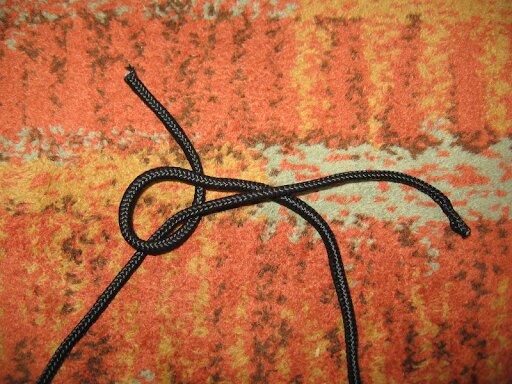
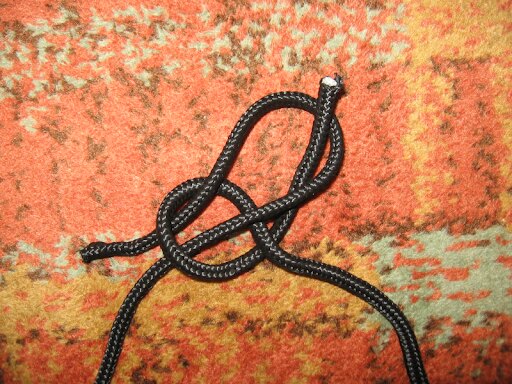
3. Timber hitch
As its name suggests, this knot is used for moving logs – pulling the logs out of the woods. This is the fastest and easiest way to connect a log, beam, a piece of metal or whatever you need to move. The more you load down the fixed end, the more the loose end is being pushed towards the object.
The disadvantage of this knot is that when not loaded down, it can slip out when the load changes, which can cause a disaster. Be very careful then. For the same reason it shouldn't be used for letting things down – anywhere. Half hitch is more convenient here. Someone can prefer a clove hitch as well.
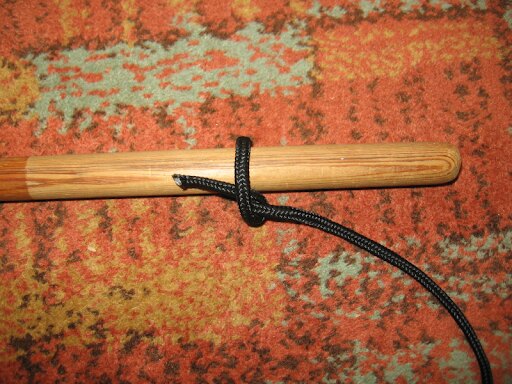
4. Carrick bend
A very old knot, also known as Knot of Friendship, Artillery or Carrick's Buckle. This knot was even being used in the Viking era and is often depicted as a heraldic and ornamental decoration surrounded with legends and myths. The practical modern variants is being used in the military.
This knot can be used to connect very strong ropes. However, it tends to get entangled when untying. That's why many people tie it to the ends of the rope firmly with another string to make sure that it doesn't move.
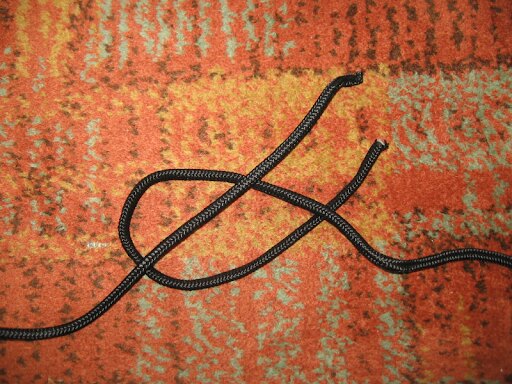
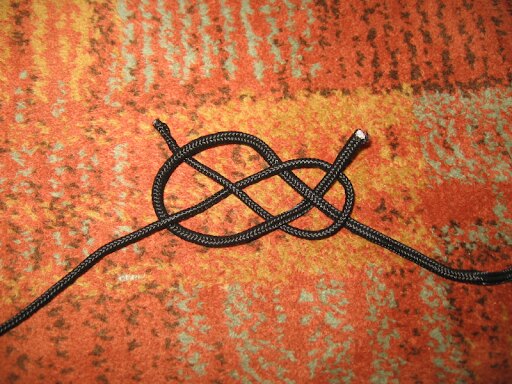
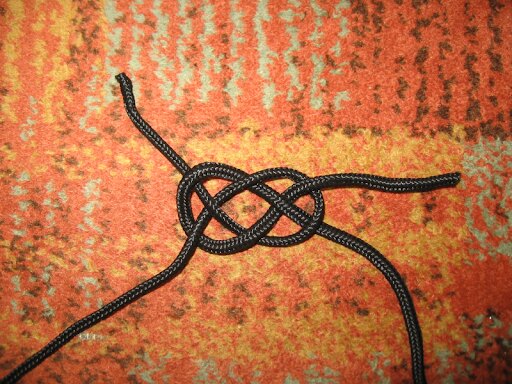
5. Granny knot
Relatively popular with the public but rather unreliable for the ropes, use of this knot should only be limited to unnecessary thing, such as mail and so on. It's quite similar to the square knot but its loose ends look different – one comes out from below and the other from the top.
On the other hand – it has all negative features of the reef knot. The more different the ropes are, the more it slips. Sailors use this knot for some specific operations, like attaching a rope to the bollard and so on.
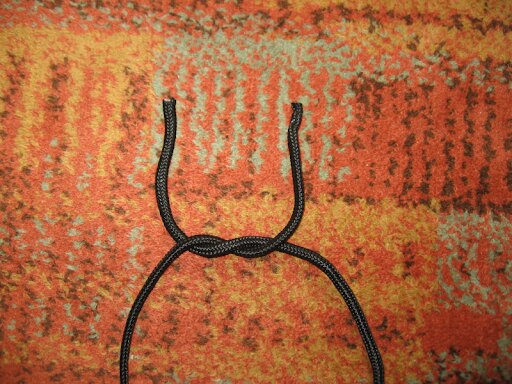
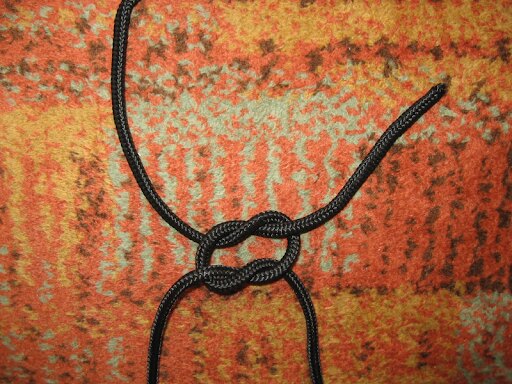
6. Girth hitch
This type of knot is widely used even among laymen. Especially when it's necessary to attach a rope to an object (ideally of a regular cylindrical shape). This knot is not only popular with many professions, it is also considered decorative.
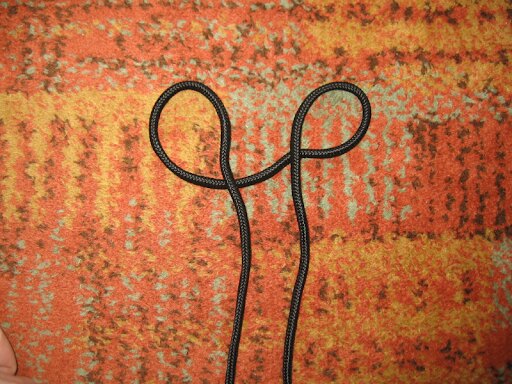
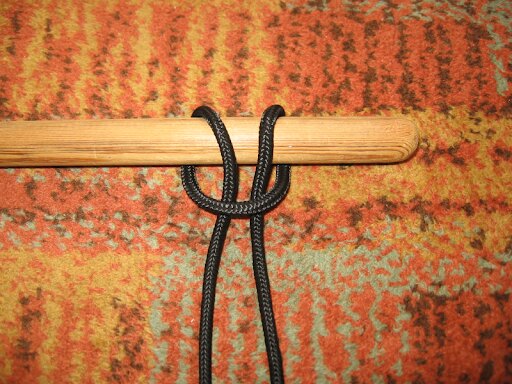
7. Clove hitch
This classic of all classics is often a good starting point for tying more complex types of knots. Use of clove hitch is – as well as it was in the past – very diverse. It is easy to tie up and very firm. The length is adjustable and the rope can be shortened as needed. Climbers with carabiners also like it. One of the advantages of this knot is that it never breaks in a thread, the strength of the rope doesn't decrease and the fibres do not break. This makes it a good choice as a lumber knot.
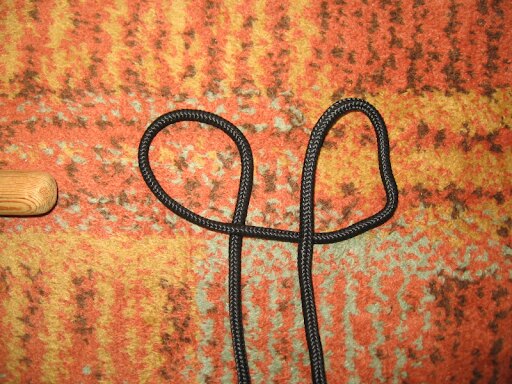
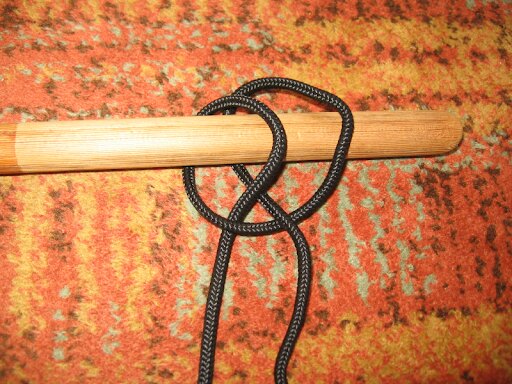
8. Figure of Eight knot
The Figure of Eight knot is tied to the ends of ropes when we need it not to slip out of the pulley, carabiner or whatever we've got. Also musicians now this knot very well. They use it to attach strings to the pegs of all string instruments – guitars, violins, mandolins, bass, …
And why do they use it? Unlike an eyelet, this prevents from destroying the strings/wires when heavily loaded. It also loosens better. By the way, this knot has been known since 1071 (in a heraldic form again). But be careful – Figure of Eight knot is not the same as Middleman's knot (and yet climbers often call it that)!
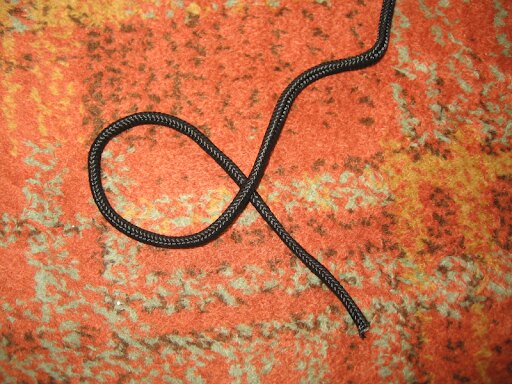
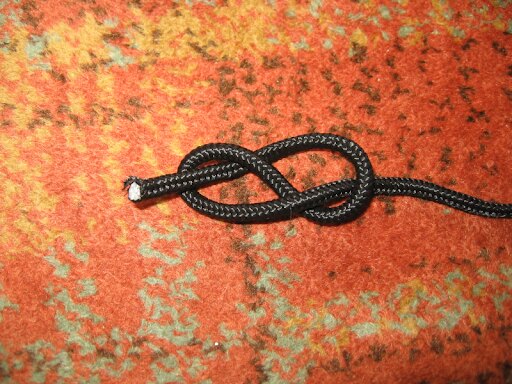
9. Middleman's knot
As we already know from the Bowline, the unreliability of the bowline required to be replaced by other type of knot. These days, it has been practically replaced by the Middleman's knot (for such professions as cavers, climbers, work at heights, work on treetops, etc. It's incredibly easy to tie and it's very reliable.
Yet this method Is still not perfect.: if safety of life is concerned, the version with the lock is highly recommended. It's not easy to untie when had it been pulled hard. By the way, the rope can only reach up to 55-60 % of its original strength here.
10. Double Figure Eight loop
It's practically a double eyelet which is usually tied to a bending (in case it's rather alongside, we've got the European Death knot).
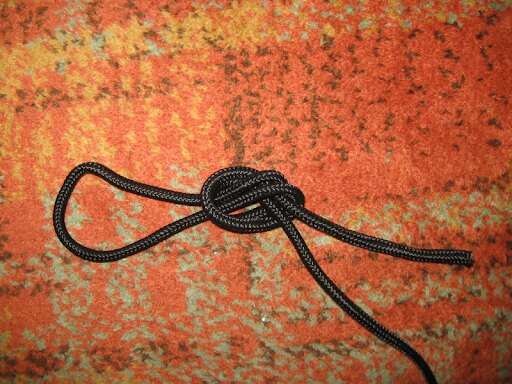
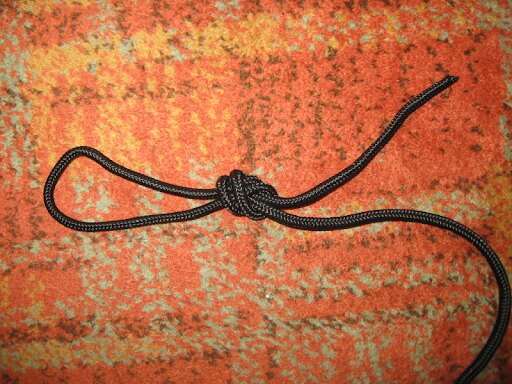
11. Sheepshank
It comes into play whenever we need to shorten any kind of rope without cutting it. This actually makes sense – you can make a long rope short but you can't make a short rope long just like that. Cutting a versatile rope you carry with you wouldn't even be the case – as your tarp is always set a bit different way than it was before, what would you get after a couple of such cutting actions?
Sheepshank doesn't work for ropes which are too thick or not flexible. Having tied a sheepshank, keep in mind you need to get it fixated so that it won't move (these two side eyelets).
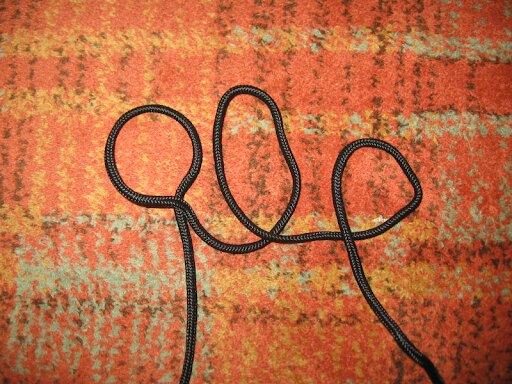
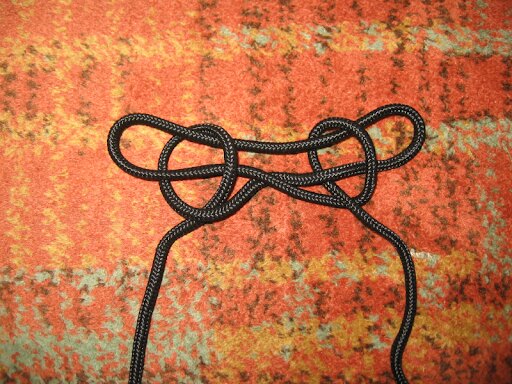
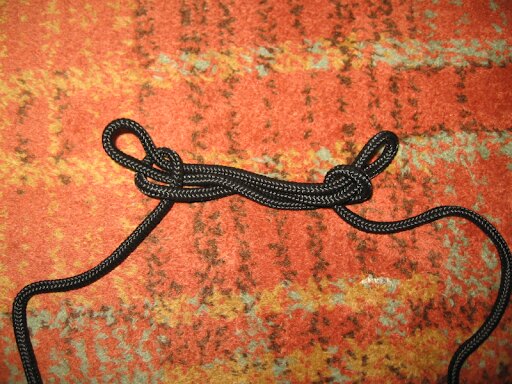
12. Fisherman's knot
As the name suggests, the Fisherman's knot is widely used by the fishermen. The reason is simple - it's extremely suitable for connecting any kinds of wet fishing lines and cords. In ideal case, of course, they should be of similar diameters (someone may also prefer the Constrictor's knot in case of synthetic materials).
The philosophy of tying this knot is very simple – the two most simple knots there are (two eyelets) tied together just behind the second eyelet of the other eyelet. It's extremely useful and extremely primitive, yet there's a lot to screw up. For example, potential strength of the Fisherman's knot goes down when these two component knots do not fit together 100 %.
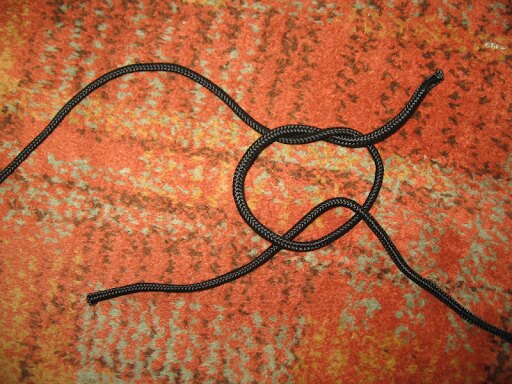
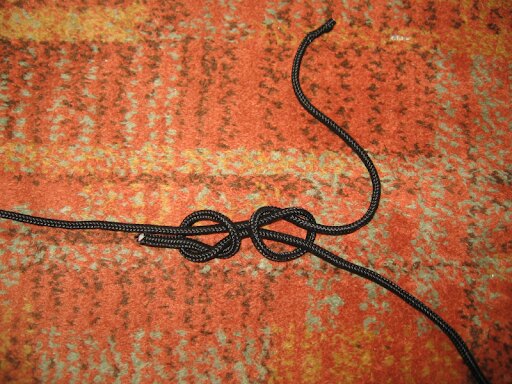
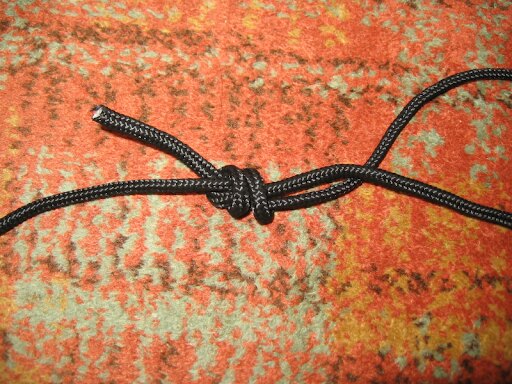
13. Prusik knot
Invented by the Austrian climber Karl Prusik, this is actually a family of knots that are typically used for climbing on a rope, self-securing, hoists, rescue in case of fall from a rope, etc. Usually tied to a rope about three times larger in diameter. The thinner rope is being wrapped around until there is enough friction (the basis is a Girth Hitch). As for climbers, the simple variation is sometimes insufficient so they tie a double or triple.
What does it mean in practice? When the rope is being climbed up with a carabiner or a harness, the Prusik knot is loose and doesn't tend to catch hold. When the angle changes – like in case of falling – the knot starts getting stuck. The disadvantage is that this causes a lot of friction and heat which can even melt a synthetic rope.
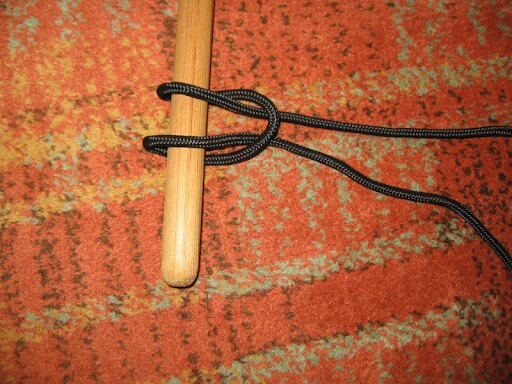
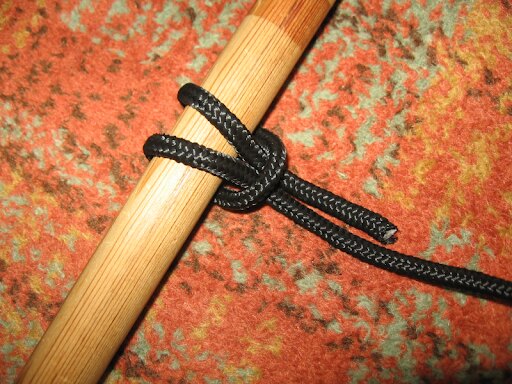
14. Simple Hitch
Suitable for all fields of human activity, this knot will serve for tying ropes and threads. The alternative name – Sheet Bend – originated from the cattle sail. Any binding of different properties, materials and diameters can be easily combined with it. It can replace a torn loop on a tarp. Crane operators use this knot for tying a steel rope.
Simple Hitch can be untied easily without causing a damage to the rope. There are similarities with the Bowline.
Readers are further interested
